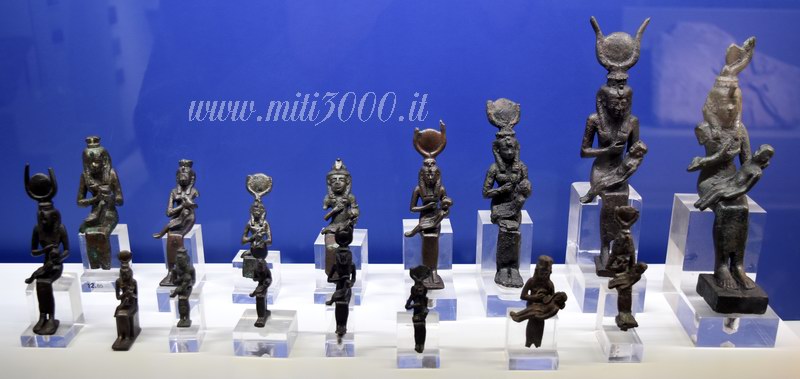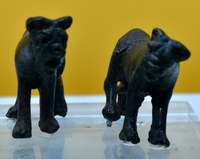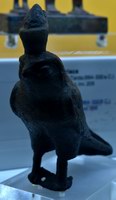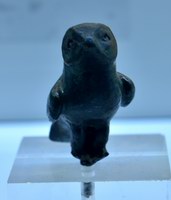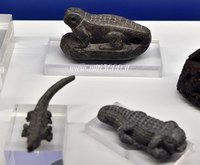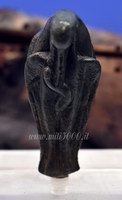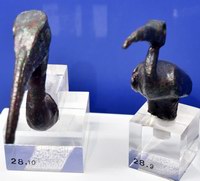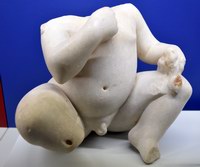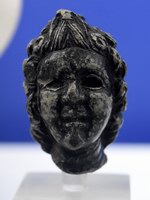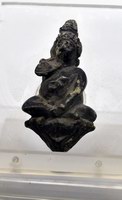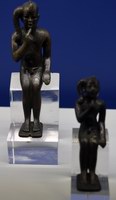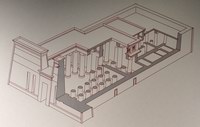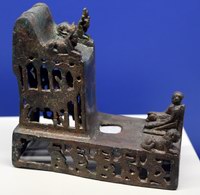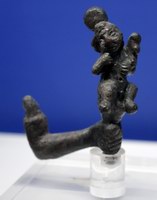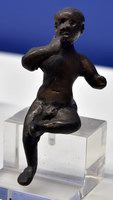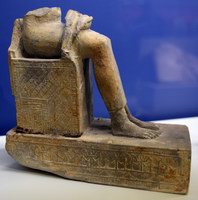Sala XXII - vetrine 70 - 78
Posiziona il mouse sulle immagini per avere più informazioni, Cliccaci sopra per l'ingrandimento.
Place the mouse on the images to get more information, click on it to enlarge
|
Leonesse |
Falco con doppia corona |
|
Falco |
Coccodrilli |
|
Ibis con serpente. |
Ibis |
|
Putto acefalo |
Arpocrate (?) |
|
Arpocrate su loto |
Arpocrate |
|
Arpocrate |
Arpocrate |
|
Arpocrate |
Tempio egizio |
Tempio
Il tempio egiziano rappresentava la casa del dio sulla terra e la sua architettura costituiva una riproduzione in pietra del mondo. Al suo interno si ricreava quotidianamente la creazione del mondo e la nascita di ogni nuovo giorno. L’accesso alle sue parti più recondite era di regola limitato ai sacerdoti e al re, unico tramite tra uomini e dei. La costruzione dei templi era una priorità politica del faraone, che garantiva così a se stesso e al suo popolo la benevolenza degli dei, legittimando il suo potere. I sovrani donavano ai templi terre e bottini di guerra e li esentavano dal pagamento delle tasse, rendendoli così veri e propri centri produttivi che avevano grande importanza nell’economia nazionale. Ad esempio, il tempio di Amon a Karnak (Tebe) all’epoca di Ramses III possedeva circa 2300 km2 di vigneti, granai, miniere, birrerie, panetterie, oltre ad una vasta tesoreria. Ogni città egiziana aveva una o più divinità patrone: Menfi, per esempio, era sacra a Ptah, Bubastis alla dea Bastet. I fedeli indirizzavano le loro preghiere a immagini di legno, pietra e altri materiali collocate nei templi, costruiti in pietra per durare in eterno, come anche ad animali deificati, che ricevevano regolare sepoltura dopo la morte.
The temple
The Egyptian temple was an image of the house of a god on earth. Its architecture was a reproduction of the world, made of stone to last forever. The creation of the world and the birth of the new day was staged daily inside it. Access to its innermost parts was usually limited to the priests and the king, the only intermediary between human beings and the gods. The building of temples was one of the kings political priorities, whereby he guaranteed the benevolence of the gods for himself and his people, and thus legitimized his power. The kings donated land and war plunder to the temples, and exempted them from paying taxes, thereby turning temples into true production centers holding great importance within the national economy. For example, in the time of Ramses III the temple of Amun in Karnak (Thebes) possessed about 2300 km2 of vineyards, granaries, quarries, breweries, and bakeries, as well as a vast treasury. Every Egyptian town had one or more patron deities: Memphis, for example, was sacred to Ptah, Bubastis to the goddess Bastet. The faithful addressed their prayers to images of wood, stone or other materials placed in temples, as well as deified animals which were given an official burial when they died.
Vetrina 77
Sette statuine di Arpocrate in varie attitudini e diversi copricapi
Bronzo. Epoca Tarda (664-332 a.C.) Collezione Borgia
Seven statuettes of Harpocrates in various attitudes and with different headdresses
Bronze. Late Period (664 - 332 BC) Borgia collection
Posiziona il mouse sulle immagini per avere più informazioni, Cliccaci sopra per l'ingrandimento.
Place the mouse on the images to get more information, click on it to enlarge.
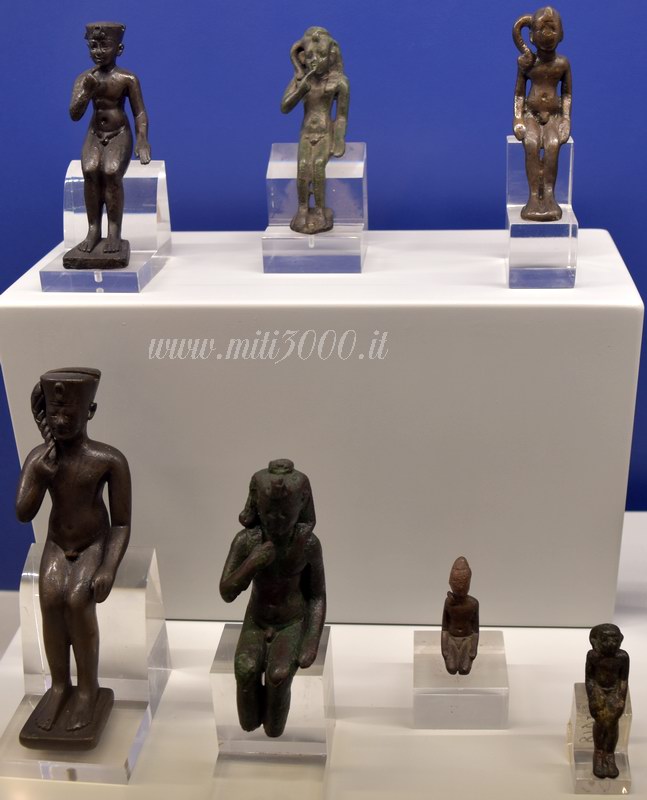
|
Statua priva di indicazioni |
Arpocrate su trono |
|
Trono. - Foto 2 |
Braccio con Arpocrate. |
|
Arpocrate |
Arpocrate |
|
Iside lactans. |
Iside Lactans. |
Vetrina 78
ISIDE ‘LACTANS’
L’immagine della dea Iside che allatta Horus bambino (Arpocrate), ritratto con la caratteristica treccia dell’infanzia, si riallaccia al mito di Osiride, nel quale viene stabilita la discendenza regale di padre in figlio, garantita dalla madre divina. L’allattamento del sovrano da parte di una divinità femminile è infatti uno dei rituali dell’incoronazione.
L’aspetto materno di Iside e la sua natura di divinità protettrice conoscono in epoca tarda una particolare fortuna, al di là dei riferimenti regali e divini, come dimostra il proliferare di statuine soprattutto in bronzo.
Isis ‘lactans’
The image of the goddess Isis suckling Horus the Child (Harpocrates), who is portrayed with the characteristic tress of childhood, was especially popular in the Late Period, as the large number of bronze statuettes surviving from this time bear out.
Isis’ nature as a protective deity led her cult to spread beyond the confines of Egypt from the third century BC onward and throughout the Roman imperial period.
